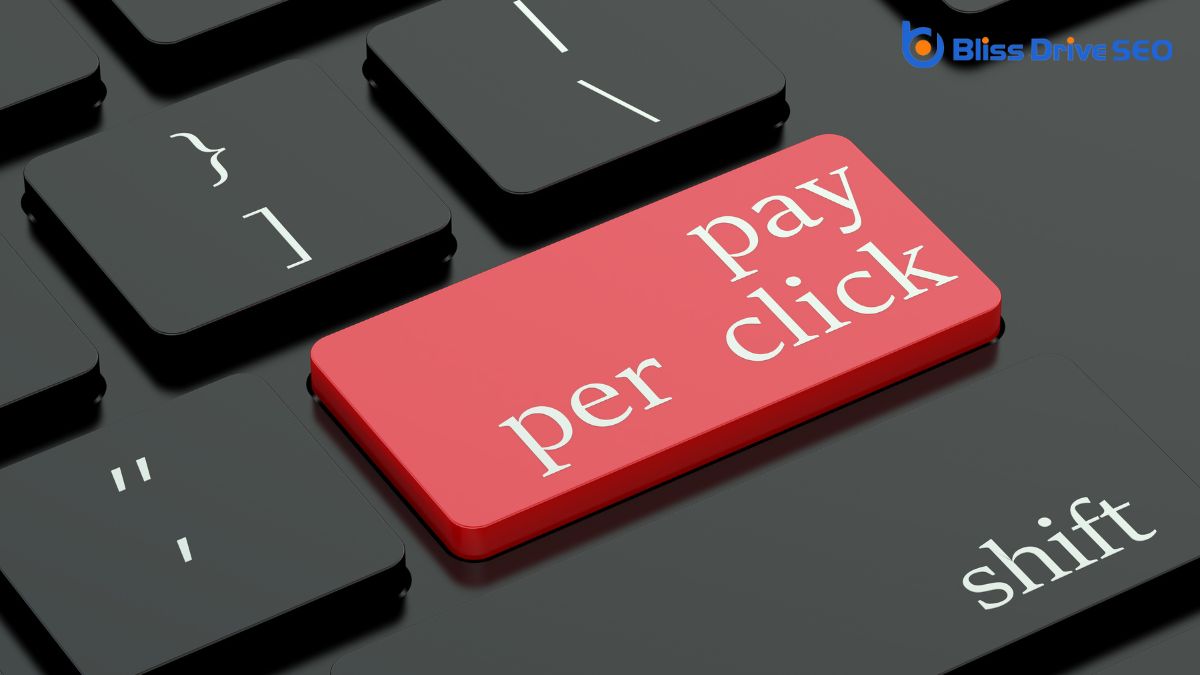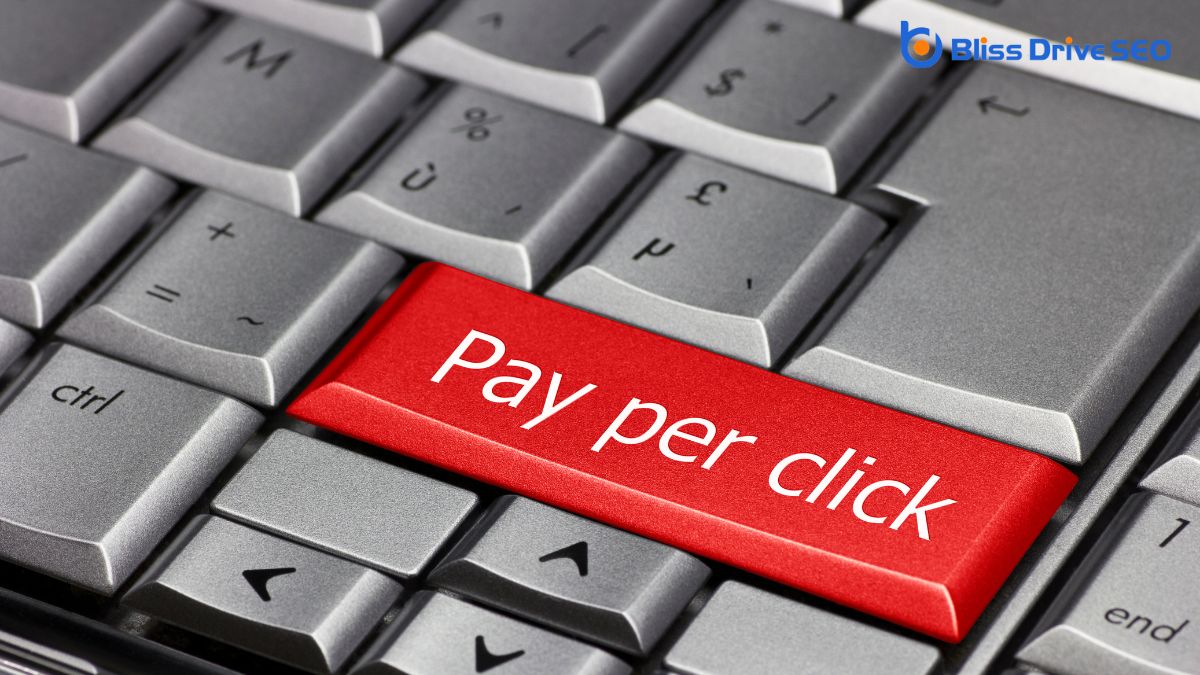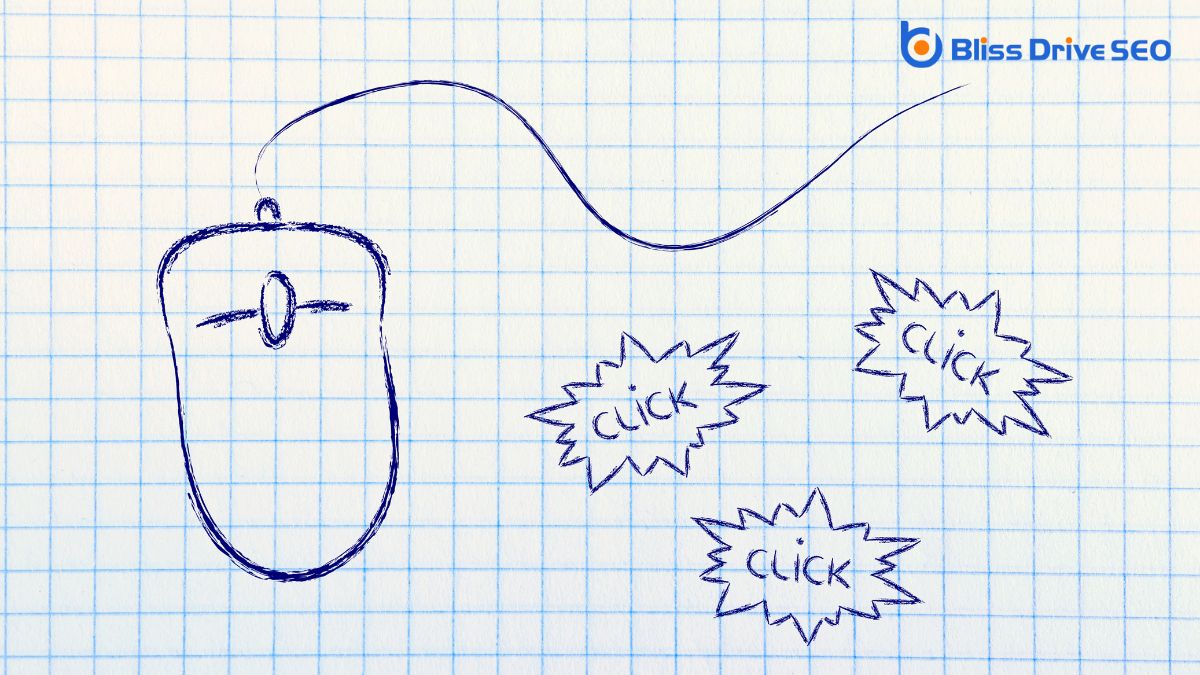Digital Marketing Services
Learn More About Us

Pay-per-click (PPC)An online advertising model where advertisers pay a fee each time their ad is clicked. advertising is called so because you only pay when someone clicks on your ad, making it a cost-effective strategy for driving engagementThe interactions that users have with a brand’s content on social media.. Unlike traditional advertising, where costs are fixed, PPC guarantees your budget is spent on actual interactions with potential customers. They're bidding on keywordsWords or phrases that users type into search engines to find information. relevant to your target audience. Understanding how this process improves targeting and results can greatly enhance your marketing efforts. Discover how PPC can transform your advertising strategy.

Pay-per-click (PPC) advertising has its roots in the late 1990s, revolutionizing the way businesses approach online marketing.
You may wonder why it's called PPC. The concept is simple: advertisers pay a fee each time their ad is clicked. It's a model that guarantees you only pay for actual user engagementThe level of interaction and involvement users have with social media content., making it cost-effective.
Initially, this idea emerged as a way to monetize search engines and improve ad targeting. GoTo.com, later known as Overture, pioneered this model, allowing businesses to bid on keywords.
This innovation let you precisely reach potential customers searching for your products or services. By understanding these origins, you can better appreciate PPC's role in shaping today's digital marketing landscape, allowing businesses to connect meaningfully with their audience.
As digital marketing has evolved, PPC has become a cornerstone strategy, adapting to new technologies and consumer behaviors.
You've likely noticed how PPC shifted from simple text ads to sophisticated, targeted campaigns. It's not just about clicks anymore; it's about engaging the right audience with precision.
This evolution is driven by:
When you engage with PPC, understanding the ad auction process is essential.
This process determines which ads appear on a search engine results page and in what order based on factors like bid amount and ad quality.
Costs are calculated dynamically, ensuring you only pay when someone actually clicks on your ad, making it an efficient way to reach potential customers.
Understanding the ad auction process is essential to grasping how PPC works. When you bid on keywords, you're not just throwing money into the wind; you're entering an auction where your ad competes for placement.
The process is dynamic, evaluating various factors to determine which ad appears. Here's how it plays out:
Focus on improving these elements, and you'll increase your chances of winning the auction and gaining valuable click-throughs for your campaignA set of ad groups sharing a budget, targeting options, and other settings..
Grasping the ad auction process gives you a solid foundation for understanding how costs are calculated in PPC campaigns.
Each time someone clicks your ad, you pay the platform a fee, determined by a combination of your maximum bid and your ad's quality scoreA metric used by Google Ads to measure the relevance and quality of keywords and ads.. Your maximum bid is the highest amount you're willing to pay for a click, while the quality score reflects your ad's relevance and quality.
These factors determine your ad's position and the cost per click (CPC). Only pay the minimum needed to outrank the competitor below you.
It's a balancing act—bid too low, and you might lose visibility; bid too high, and you risk overspending.
Keep refining your strategy to get the best returns.
When you run a PPC campaign, you control your budget, ensuring you only spend what you can afford.
It allows you to specifically target your audience, reaching those most likely to be interested in your products or services.
With clear metrics, you can measure your advertising ROI, making PPC a cost-effective choice.
One of the key advantages of Pay-Per-Click (PPC) campaigns is the unparalleled budget control it offers. You can decide exactly how much you're willing to spend and adjust your budget as needed. This flexibility guarantees you're not locked into large, unexpected costs.
With PPC, you benefit from:
These features mean you're always in control, allowing you to allocate resources efficiently and guarantee a cost-effective approach.
Many find that reaching your specific audience is one of the standout benefits of Pay-Per-Click (PPC) campaigns, making them incredibly cost-effective.
With PPC, you can tailor your ads to target particular demographics, interests, and locations. This precision guarantees you're not wasting money on uninterested viewers but instead reaching those most likely to engage with your product or service.
By focusing on users already searching for related keywords, you're investing in potential customers who are more inclined to convert. You control who sees your ads, and this eliminates unnecessary spending.
PPC campaigns offerThe specific product or service being promoted by affiliates. a clear advantage by providing measurable advertising ROI, making them a smart choice for businesses keen on maximizing their budget. You can track every dollar spent and see how it directly contributes to your objectives. This transparency helps you make informed decisions about where to allocate your marketing resources.
Consider these benefits of PPC:
Even though digital marketing offers a myriad of strategies, targeting audiences with precision stands out as a powerful tool. With pay-per-click (PPC) advertising, you can reach specific demographics, interests, and online behaviors. This precision guarantees your ads engage the right people, maximizing your return on investment.
Consider the following criteria for targeting:
| Demographic | Interest-Based | Behavioral |
|---|---|---|
| Age and Gender | Hobbies | Purchase History |
| Location | Online Communities | Browsing Habits |
| Language | Content Preferences | Ad Interactions |
| Income Level | Brand Affinities | Search Patterns |
| Education Level | Past Purchases | Device Usage |
To truly understand the effectiveness of your PPC campaigns, you need to focus on key performance indicators (KPIs) that align with your business goals.
Conversion trackingThe process of monitoring and measuring actions taken by users after clicking on an ad. methods will help you see which ads leadA potential customer referred by an affiliate who has shown interest in the product or service but h... to desired actions, like purchases or sign-ups.
A key factor in mastering pay-per-click (PPC) advertising is understanding the essential metrics used to measure success.
You want to guarantee your campaigns are effective, so focus on key performance indicators (KPIs) that offer clear insights.
Here are three significant KPIs to take into account:
When you're diving into pay-per-click advertising, understanding conversionThe completion of a desired action by a referred user, such as making a purchase or filling out a fo... tracking methods is essential for measuring your success. You need to know how well your ads are performing. Conversion tracking helps you see which clicks turn into valuable actions like sales or sign-ups. Here's a quick look at some methods:
| Method | Description | Benefit |
|---|---|---|
| Google AnalyticsA web analytics service offered by Google that tracks and reports website traffic. | Tracks user interactions | Detailed insights |
| FacebookA social networking site where users can post comments, share photographs, and links to news or othe... Pixel | Monitors conversions on Facebook ads | Optimizes ad strategy |
| UTM Parameters | Adds tags to URLs | Tracks specific campaigns |
| CRM Integration | Links ad data with sales data | Connects leads to sales |
| Heatmaps | Visualizes user behavior on site | Enhances user experience |
Keywords serve as the backbone of any successful Pay-Per-Click (PPC) campaign. They directly connect your ads to user searches, influencing both visibility and relevance.
Selecting the right keywords means your ads appear in front of your target audience. To achieve this, you'll need to:
Understanding how keywords connect your ads to users' searches is essential, but knowing where to deploy these ads can make all the difference.
You've got several PPC platforms to choose from, each with its own strengths. Google Ads is a powerhouse, offering vast reach and targeting options. It's great for search and display adsVisual-based ads that appear on websites, apps, or social media..
Bing Ads mightn't be as large, but it often features less competition and lower costs. Facebook Ads excels in social media advertising, giving you powerful audience targeting based on interests and behaviors.
LinkedInA professional networking site used for career and business networking. Ads can be perfect if you're targeting professionals or B2B markets. Each platform provides analytics toolsSoftware used to track and analyze website performance, user behavior, and marketing efforts., helping you track ad performance and optimize campaigns efficiently.
Choose wisely based on your audience.
Diving into PPC marketing presents several challenges and risks that advertisers need to navigate carefully.
First, it's easy to blow through your budget if you're not vigilant. Click costs can add up quickly, especially if you don't monitor your campaigns closely.
Furthermore, the competitive landscape is constantly changing. Competitors can outbid you, causing your ads to drop in rank.
Finally, there's the risk of click fraudThe act of repeatedly clicking on an ad to generate fraudulent charges or revenue., where fake clicks can eat into your budget without any real customer interaction.
To manage these risks, consider the following:
PPC marketing demands careful attention and strategic planning.

As you navigate the challenges of PPC marketing, it's equally important to keep an eye on its future landscape.
The world of pay-per-click advertising is evolving rapidly, with automationUsing software to send emails automatically based on predefined triggers and schedules. and AI playing significant roles. You'll see AI-driven algorithms optimizing bids and targeting, making it easier to reach the right audience with minimal effort.
Voice searchUsing voice commands to search the internet or perform actions on a mobile device. and visual search are also reshaping how users interact with ads, demanding more innovative strategies. Privacy concerns will push for more transparent data usage, requiring you to adapt your tactics.
Additionally, integration with other digital platforms will become essential, offering seamless user experiences.
Staying ahead in PPC means embracing these changes, keeping your strategies agile, and continuously learning to maintain a competitive edge.
In the world of digital marketing, you'll find that pay-per-click (PPC) advertising is a powerful tool for reaching your target audience. By understanding its origins and how it has evolved, you can leverage PPC's cost-effective nature and precision targeting to boost your campaigns. Remember, keywords play a vital role, and choosing the right platform is key. While challenges exist, staying informed will help you navigate them. Embrace PPC's future possibilities to maximize your marketing success.
